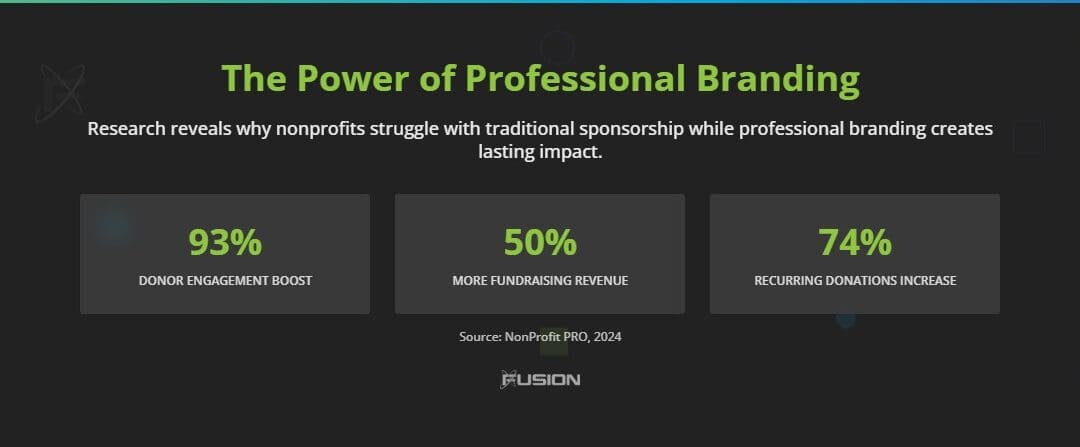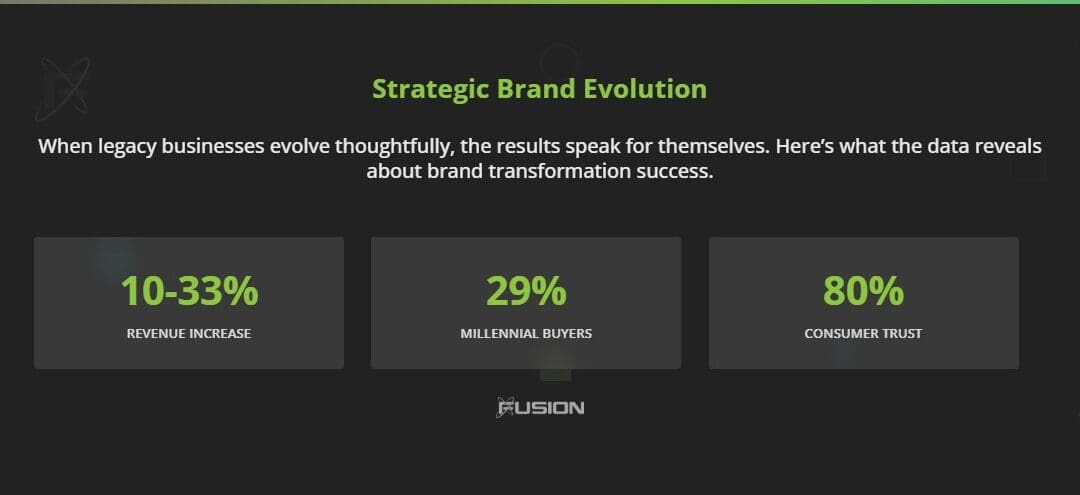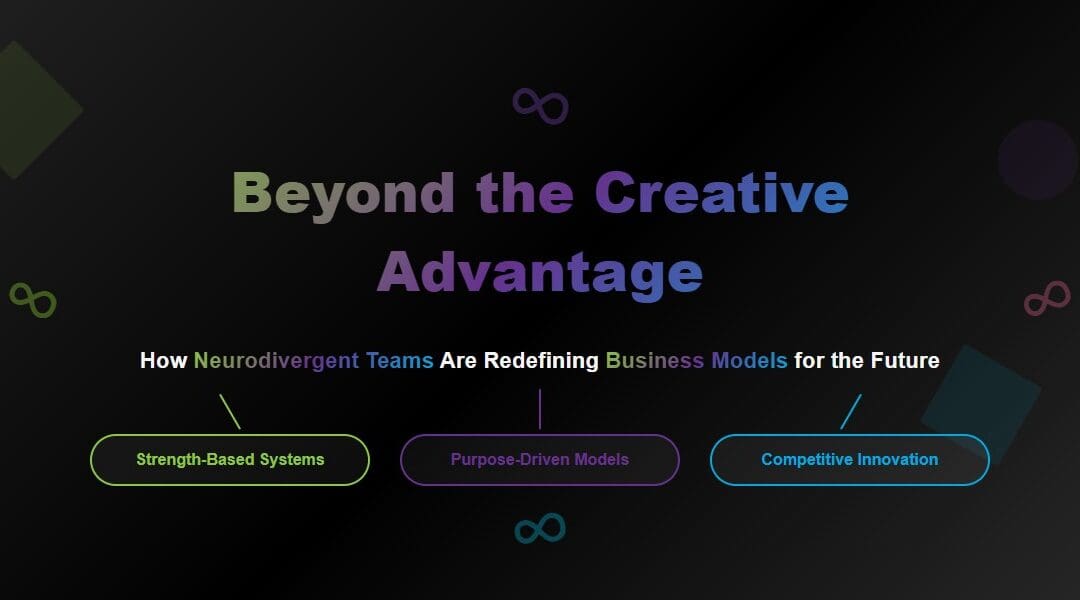I wrote an article earlier this week about the process my team follows pertaining to logo design. After reading the article, one of my colleagues from LinkedIn asked for my opinion on rebranding. Specifically, he asked if the flow looked different than the steps I shared previously. You can check out my original article on logo design brainstorming process. While we still follow the same flow as a foundation for all logo and branding projects, rebranding requires a little more attention to detail because there is more at stake.
In the world of business, change is inevitable, and occasionally, that change calls for a complete rebranding. A crucial part of this transformation process is logo redesign. For business owners looking to reposition their brand or address shifts in the market, understanding the art and science behind logo design can be the linchpin that makes or breaks the rebranding exercise. This listicle digs deep into the steps involved when we’re tasked with creating a new logo, specifically tailored to the needs of rebranding.

Assessing the Need for Change
Before picking up a pencil or opening a design software, it’s vital to have a clear understanding of why a rebrand is necessary. Our process always starts with a discovery meeting. This is where we sit down with our clients to discuss their current branding, their target audience, and any changes in their business or industry that may have prompted the rebrand. We also explore their goals and objectives for the new logo. Let’s dig into each step a bit more.
1. Current Reputation
A brand’s logo isn’t just a visual marker—it’s a container for all the associations and emotions that, over time, have come to be linked to the company. Assess the standing of the current logo within the market. Is it well-regarded, or is it a thorn in the brand’s side?
- Positive or Negative? If the logo is associated with positive sentiment, a redesign must tread lightly to avoid alienating loyal customers. On the flip side, a negative correlation is a red flag calling for immediate attention. This is always my first question during a discovery meeting.
- Community Perception: Local brands often have deeply rooted ties to their communities. A logo redesign must consider these ties and ensure the new design still reflects their local identity.
2. Key Features to Retain
If certain elements of the existing logo carry inherent value, it’s wise to maintain a link with the past.
- Colors and Typography: These are potent brand signifiers. If the current choices resonate well, adapt or rework them rather than starting from scratch.
- Memorable Elements: Signature icons or visual hooks in the current logo can be modernized but must be recognized as the ‘next chapter’ in the company story.
As you can see below, we’re not excluded from the need to evolve. Since our inception in 2013, Fusion has significantly revamped our corporate identity. Originally, we adopted the past trend of distressed designs. We chose purple and green as our signature colors. This was a deliberate departure from the traditional blue and white prevalent in our industry, marking our innovative approach. In our recent update, we’ve carefully preserved Fusion’s core essence. We transitioned to specific purple and green Pantone colors, opted for the same font without the distressing, and continued with our distinctive right alignment. Our updated logo conveys a more professional and timeless appearance, yet remains familiar to our existing clientele. This is a great example where small changes can make a big impact.
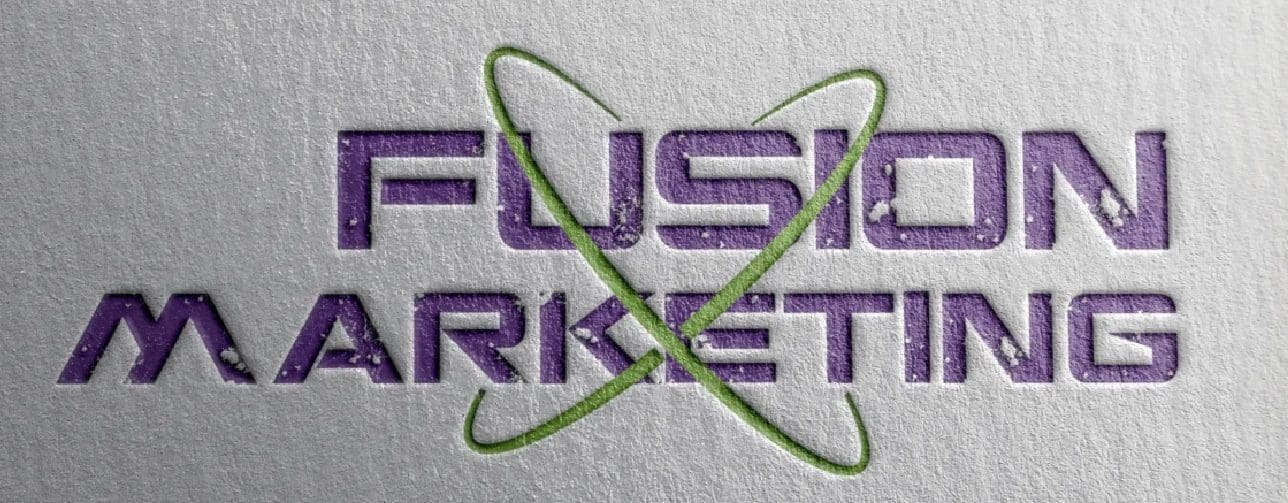
2013

2021
3. Reasons for Rebranding
Is the rebrand proactive, aiming to capture new market share, or reactive, attempting to distance from a negative association? Whatever the reason, it must be clearly defined before any logos are drawn up.
- Addressing Issues: An outdated logo doesn’t just look passé; it implies the brand might be falling behind in other areas, too.
- Market Relevance: Keeping up with current design trends can make a brand look vibrant and contemporary, especially if they’re trying to attract a younger audience.
- Cultural Changes: Society is in a constant state of evolution. Sometimes, a logo that once stood as a symbol of progress begins to look regressive and needs a refresh to remain relevant.
4. Target Audience
Any design or rebranding efforts must be finely tuned to appeal to the right audience, whether that’s the demographic the company has always targeted or a new, untapped user base.
- Staying True to Core Customers: Long-standing customers can always tell when a brand loses touch with its original values. The new logo must speak to this group to maintain trust and loyalty.
- Attracting New Eyes: However, if the rebrand aims to capture a new audience, it’s essential the logo resonates with the values and aesthetics of this fresher target demographic.
Below is an image of the Chester Boot Shop, a historic landmark established in 1948. Renowned as the go-to destination for work, cowboy, and riding boots, Chester Boot has won the hearts of the community. Recognizing the need to evolve with the times, they decided to undergo a makeover aimed at appealing to the hard-working, resilient blue-collar workforce that has been the backbone of building the Detroit we all know and love. Our objective was to refresh their image in a manner that preserves their core identity while positioning them for future success. We held onto the brand’s iconic yellow and brought the into the modern world.
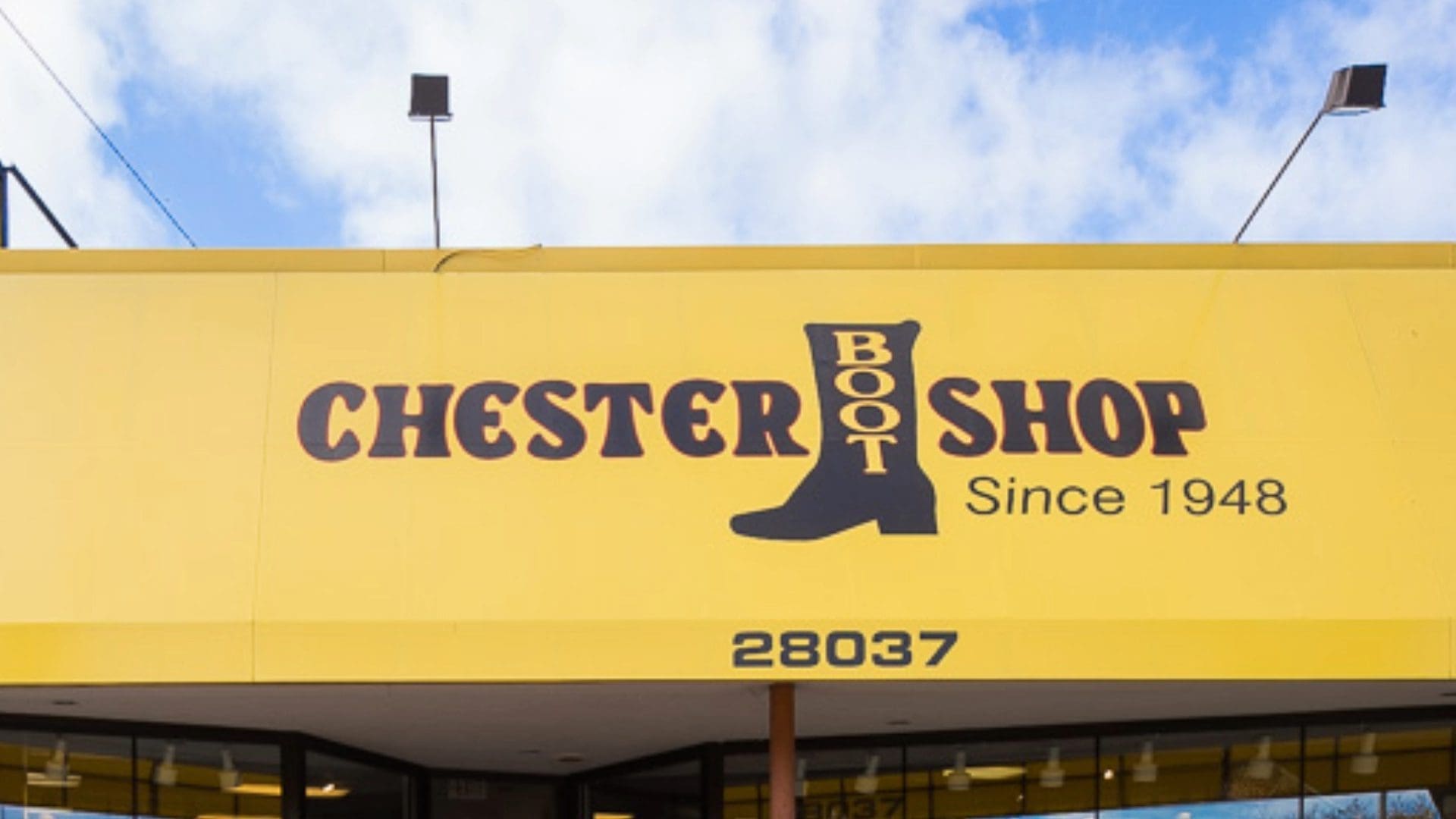
Old Logo

Updated for 2023
5. Costs
Rebranding, especially a logo redesign, can be costly, but it’s an investment in the future of the brand. It’s not just about the immediate design costs but also about considering the broader impact of rolling out the new logo across all company assets.
- Design Expenses: Hiring a professional designer or agency can ensure a high-quality result, but rates vary widely. Consider the complexity of the design and the reputation of the designer as key factors in cost.
- Implementation Across Mediums: Once the design is finalized, updating websites, marketing materials, product packaging, and even storefronts adds additional layers of expense.
- Marketing the Rebrand: Announcing the new logo and the story behind it is crucial for a smooth transition. This might involve a marketing campaign, press releases, and social media strategy, all of which incur costs.
Understanding and budgeting for expenses in advance can help set expectations and ensure a smooth and effective rebranding process. Considering the above factors will give a crucial head start in the rebranding journey, allowing a company to move forward with purpose and confidence as it transitions to a new visual identity.
If you’re feeling stuck or unsure about your next step, consider seeking guidance from professionals like my team at Fusion. We can help to ensure a smooth and effective transition. Remember, having the right support can make all the difference in achieving success with your new visual identity. Best of luck on your journey -JH
